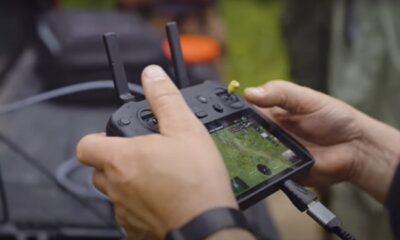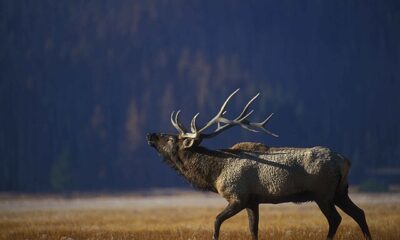Hunting
Honored American Veterans Afield: Choctaw Warrior Rides Again
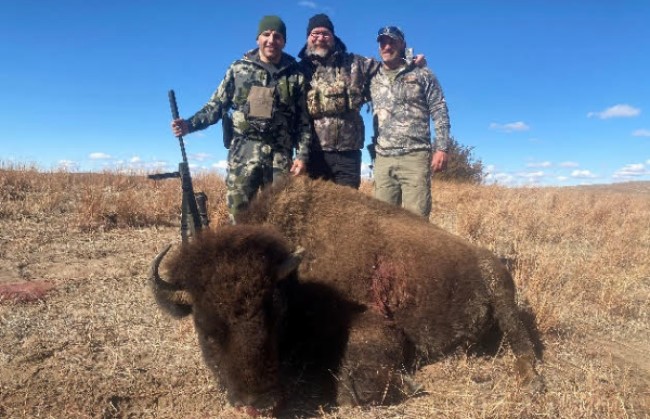
Nobody knows just exactly how old the story of the Choctaw tribe and the American Bison is. What we do know is that it certainly wasn’t the Choctaw who nearly extirpated the herds of “big shaggies” in the 19th Century; that was the fault of unregulated market hunting. The Bison are coming back, slowly, and each year a few people are allowed the privilege to hunt one. Recently, Honored American Veterans Afield (HAVA) was proud to host Native American and retired/disabled Marine veteran Tray Ardese on a Bison hunting in Nebraska at the Dismal River Club.
Tray Ardese is a Native American from the Choctaw tribe, a retired United States Marine with 25 years of service, and an avid hunter. He said “This was my first opportunity, but I always knew God would provide a way for me to hunt Buffalo. It just never materialized until this hunt and I am so grateful to HAVA.”
In the Sandhills area of Nebraska, along the Dismal River, retired National Football League player and Nebraska native, John Howell, hosted the hunt with Dismal River Outfitters at the Dismal River Club. A restored and now self-sustaining herd of Bison make these rolling prairie-land hills their home. Each year only a few Bison are harvested for herd management. Ardese’s hunt and experience in Nebraska was a success and he expressed extreme gratitude to all that contributed.
HAVA’s Outreach Manager, Heath Gunns, who was there to support the hunt said, “HAVA is extremely grateful to John and the Dismal River team for the work they do to help preserve the American Bison; and for this amazing and very select opportunity for a veteran to pursue such an iconic animal. We are so pleased to be a part of bringing Tray on this hunt.”
HAVA continues to adapt operations in order to continue serving our Nation’s veterans, despite the limitations imposed by COVID-19. In 2021 smaller training and hunting events will be held to conform with safety standards. Tom Taylor, HAVA’s CEO said “we look forward to a day in the very near future when we can hold our Family Day events, and other larger gatherings again, to reach as many veterans as possible. Until then, we will continue to honor those we serve with smaller range events and hunts, such as this.”
Would you like to get involved with HAVA, as a supporter or a client? Click here to learn more.
-
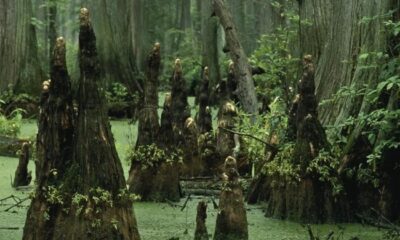
 Hunting1 month ago
Hunting1 month agoDrain the Swamp: Corruption Scandal at Washington State’s Fish & Wildlife
-
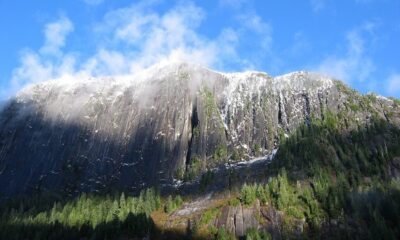
 Adventure2 weeks ago
Adventure2 weeks agoDoes the “Big Beautiful Bill” Have a Public-Lands Wart?
-
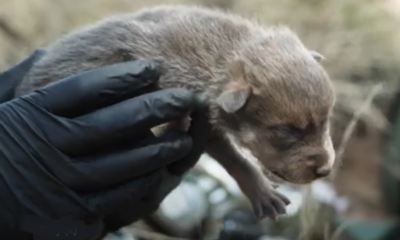
 Adventure4 weeks ago
Adventure4 weeks agoHowling in Cuckoo: How Mexican Wolves are Fostered
-
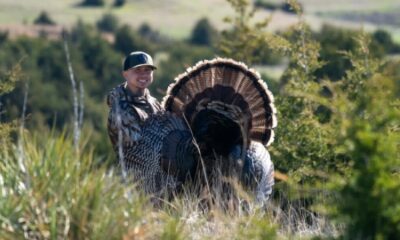
 Hunting2 months ago
Hunting2 months agoHow to Outwit the Merriam’s Turkey
-
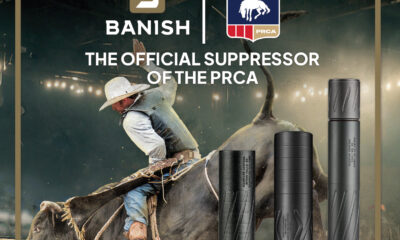
 Adventure2 months ago
Adventure2 months agoGoing Rodeo! BANISH Named the Professional Rodeo Cowboys’ Official Suppressor
-
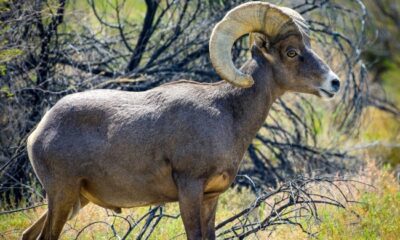
 Adventure6 days ago
Adventure6 days agoU.S. Bighorn Sheep Going Home to Canada
-
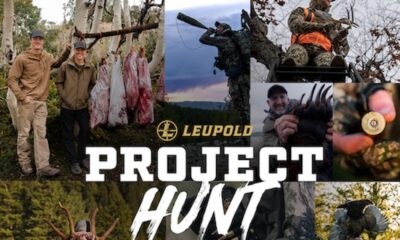
 Adventure3 weeks ago
Adventure3 weeks agoYour Dream Hunt Could Be a Movie & Leupold Can Help

